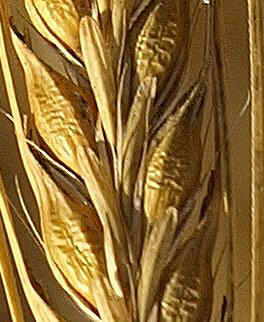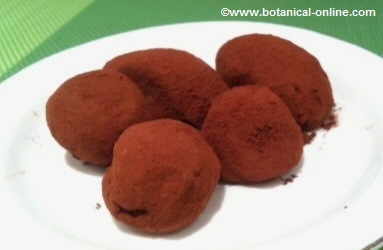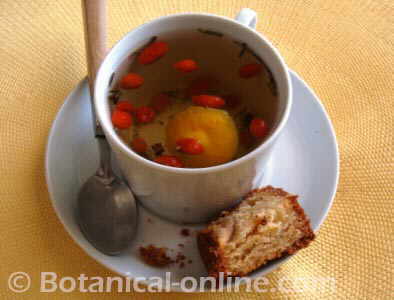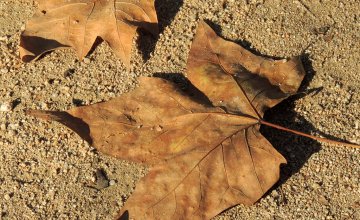Contents
- 1 What are the different ways to apply essential oils?
- 1.1 Ways to use essential oils
- 1.2 Main different manners of using essential oils
- 1.3 Diffusion of essential oils
- 1.4 How to use essential oils for respiratory diseases?
- 1.5 How to use essential oils for skin diseases?
- 1.6 How to use essential oils for muscle and joint diseases?
- 1.7 How to use essential oils for genital and urinary diseases?
- 1.8 How to use essential oils for hair care?
- 1.9 Other domestic uses of essential oils
What are the different ways to apply essential oils?
Ways to use essential oils
Aromatherapy is a natural therapy, which can be used as an alternative or complementary to other treatments, the benefits of which are proven in numerous people and studied scientifically.
Within this type of therapy, each therapist can apply the essential oils in a different way, depending on the type of involvement that should be treated, the type of essential oil used, and the situation of the person.
Main different manners of using essential oils
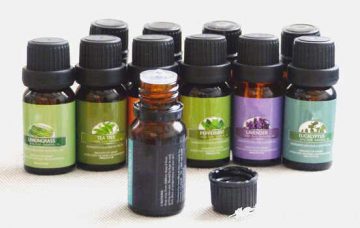
There are different ways to apply essential oils. Among the most important we can mention the following:
- Atomizer diffusers (air fresheners)
- Heat diffusers
- Inhalation
- Bathrooms and showers
- Compresses
- Massages with essential oils
- Other domestic uses
- Internal use (only certain essential oils) (See: how to use essential oils internally)
See below for a detailed study of each type of application:
Diffusion of essential oils
Diffusers are devices that spread essential oils forming a cloud of tiny particles. They are useful in cases of respiratory conditions or simply to freshen the air with a soothing or stimulating fragrance.
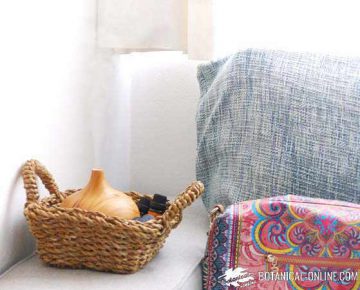
You can use water burners or a humidifier (heat diffusers) and add a few drops of essential oil in the bowl. Watch at all times that the water does not evaporate completely and the heat does not burn the essential oil, because this oil would become toxic when burned.
We advise that, when water is put back on, it must be hot so that the burner does not break due to the sudden change in temperature.
How to use essential oils for respiratory diseases?
Be very careful with allergic and / or asthmatic people:
- Inhalation: Pour 4 drops of the essential oil into a handkerchief and inhale the aroma. If you have a blocked nose, you should place the handkerchief inside the pillowcase to clear the airways at night.
- Vapor inhalation: Pour about 8 drops per liter of hot water. The person should cover his head with a towel and receive steam on his face. You have to breathe deeply through your nose until the aroma almost dissipates, and repeat the inhalation at least twice a day. Care should be taken not to bring the face too close by steam. This treatment is not advisable if you suffer from asthma.
- Saunas and steam baths: 4 drops of essential oil added in a tablespoon of vegetable oil.
How to use essential oils for skin diseases?
The following methods can be used:
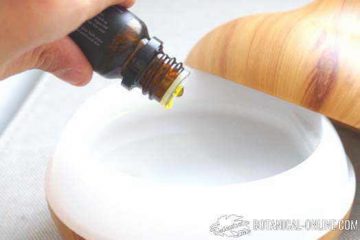
- Bath: Add eight drops of the essential oil (diluted in jojoba oil or almond oil) to the bath water, which should be hot. Bathe for 15 or 20 minutes.
- Foot and hand baths: Dilute about 8 drops of the essential oil in a bowl filled with hot water. Keep hands or feet inside for 10 minutes. After wrapping the extremities in a towel for 10 minutes then massage the area with diluted essential oil.
- Compresses of essential oils: Pour about 4 or 5 drops of essential oil in half a cup of water and dip in it a strip of cotton cloth, then squeeze it like a bandage. Cover the applied compress with a warm cloth and keep the area warm for two hours. You can also dilute a couple of drops to an infusion of chamomile and then wet a gauze and apply this liquid on the affected area.Attention!!!, before starting this type of treatment, the reaction of each type of skin to essential oils must be taken into account. Before using it, the reaction of the same in each individual should be studied. To do this, a small test is carried out, which consists of pouring a few drops on the wrist and covering them with gauze or tape. After a few hours, it should be uncovered to check if allergic reactions have occurred. If so, the affected area should be cleaned with plenty of water and tested later by decreasing the oil concentration.
How to use essential oils for muscle and joint diseases?
This group would include anomalies such as: rheumatic pain, back pain, cervical pain, toothache, muscle pain, strains, bumps, sprains, headache, etc .:
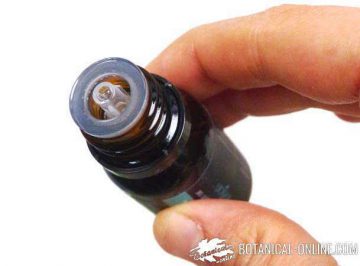
- Massages with essential oils: To create the liniment dilute 5 drops of the essential oil or essential oils, in 20 ml. of base oil (grapeseed oil or sweet almond oil) Apply the mixture directly to the skin using gentle massage techniques. The essential oil components are filtered through the skin and go to the blood, providing their specific properties in each case.
- Hot compresses: Hot compresses are used for the treatment of pain and inflammation, in cases such as arthritis, back pain, toothache, etc. To prepare the compresses introduce a compress in a cup of hot water in which we have added 5 drops of essential oil. Drain well and place on the affected area until the compress cools and repeat the process again.
- Cold compresses: Cold compresses are used to reduce pain when the affected area appears hot and inflamed. Very suitable in abnormalities such as muscle pain, strains, bumps, sprains. They are also suitable in case of migraine or cervical pain. To make a cold compress introduce a compress in a cup of cold water in which we have added 5 drops of essential oil. Drain well and place on the affected area. Repeat the operation again.
- Baths: They help reduce pain and reduce inflammation in abnormalities such as muscle pain or rheumatic diseases. To do this, 5 to 10 drops of essential oil must be added to the bath water. Those oils that can cause skin irritation should be avoided.
How to use essential oils for genital and urinary diseases?
This group would include abnormalities such as cystitis, or vaginal infections (vaginal itching, vaginitis, vaginal dryness, gonorrhea, vaginal recovery after childbirth, etc.). The most appropriate way to treat them is:
- Sitz baths: Using the bidet or bathtub, a few drops are added to the hot water and we sit for a while on it.
- Vaginal shower: By means of the suitable vessel that can be obtained in stores of natural products or pharmacies. A few drops of essential oil will be added to the hot water of the vessel and, with this mixture, the affected area will be irrigated.
How to use essential oils for hair care?
Essential oils can be useful for treating hair diseases such as dandruff, dry hair, seborrhea, hair growth, etc.
The most common way to apply these oils is to add a few drops to the shampoo or rinse water. You can also prepare hair lotions.
Other domestic uses of essential oils
Essential oils can be used for almost everything and replace the majority of chemicals that currently invade every home: for the complexion, in remedies, in the beverage, for cleaning, for the dryer,… At the same time, it allows the elimination of toxic substances from the home : detergents, sweeteners, cosmetics…
![]() More information on essential oils
More information on essential oils


